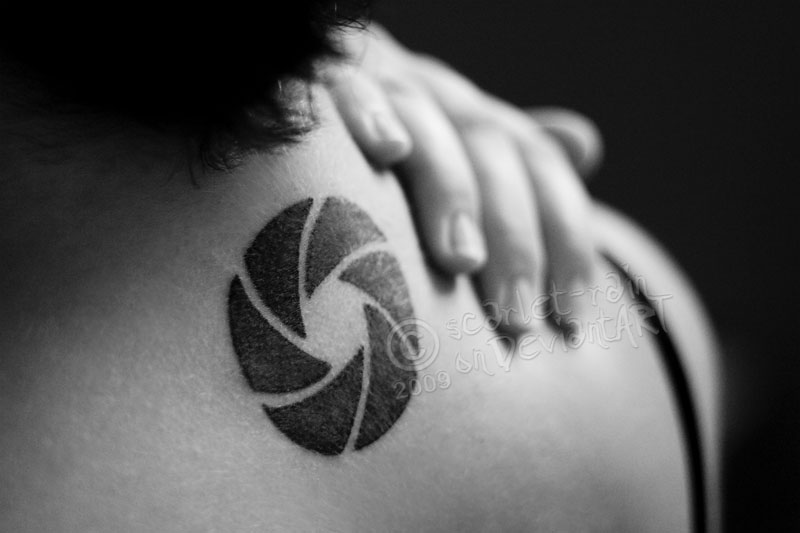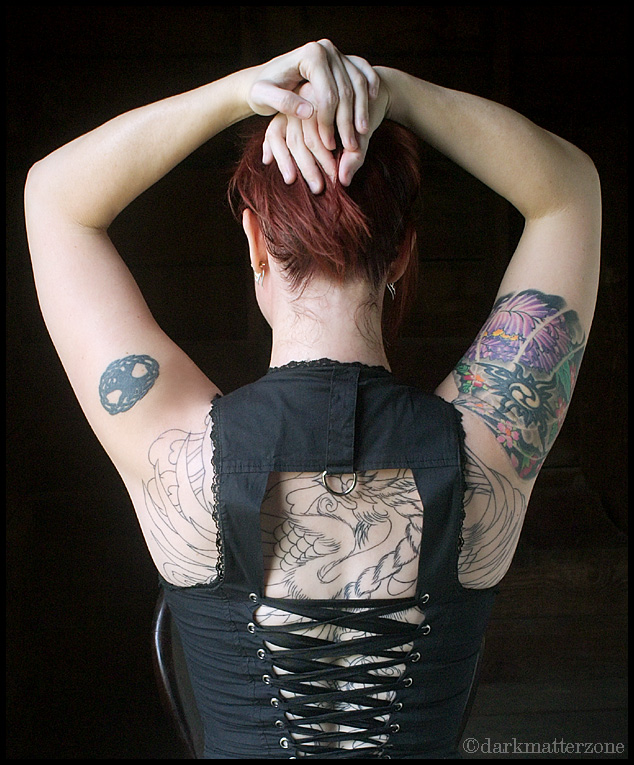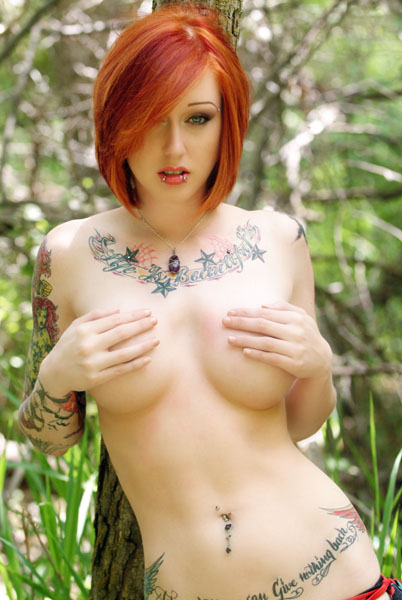Tribal Shoulder Tattoos - Why People Desire Ink Which Has This
Taboo Tattoos?
Tribal Shoulder Tattoos were considered taboo in the eyes of my parents. I grew up in an extremely conservative family. My old-fashioned upbringing was exceptionally against the idea, of myself getting inked up with this form of shoulder tattoos which I wanted so badly. ??I think the word ‘against', was like having the parents say, "Get a tattoo and you'll be playing a harp with St. Peter by tomorrow!"
I was lead to believe that only people of ‘questionable character' and morality, were thought to get tribal design tattoos, no matter where it was located on the body. ??Okay, on the forehead, maybe I'll pass, but just on my shoulder? C'mon! What about all that peace, love and happiness from your Woodstock days? Was that all just a hippie charade? Do I detect a little hypocrisy here perhaps?
I then thought - "Is just a little harmless ink on my body done in a tasteful way, going to make me immoral? Heck no!" Darn it, where's James Dean when you need some support?
Once I grew up and obtained my own independence, basically having 'flown the coop', (soared from the coop is more like it), I looked into Polynesian tattoo designs much more closely. I found what I learned was very fascinating and intriguing indeed...
Tribal Art Tattoos With Depth And Substance
Going back several generations, tattoos were an important part of the Polynesian tribal culture. Tribal design tattoos were not just simply body art. In those days, there were no tats of ship anchors, Disney characters or 'I love Mom' that's for sure. ??All tribal arm tattoo designs had been elevated to the spiritual realm.
There were three major factors driving this transformation: Pain, Permanence and Loss of the Life Source (blood).?? The mystical combination of the three factors was seen as the chance to draw ever closer to God; whatever that might be interpreted by the tribe.
The two sons of the God of Creation, taught the fine art of tribal tatoos to the humans. ??As such, the ritual became the work of the tribe's shaman. The shaman became well versed in the proper representation, technology and placement of the tattoo design on the body.
Storytelling With Ink And Needles
Polynesian tattoo designs took on a vital role in their respective cultures. The Polynesians had no written language with which to communicate. Consequently, they used this tribal art to express their - Sexual Maturity, Heritage and Rank within their society.
European missionaries first arrived in Samoa in 1787. They saw the Samoan tattoos on the legs of the men and thought they resembled pants. The missionaries attempted to restrict tattooing in this way, because they believed it to be against Christian teachings.
However, the Samoans only thought of Christianity as something to add to their culture. Generally speaking, tribal tattoos would always be seen as a rite of passage in the Polynesian civilization.
A male member of the tribe whom displayed no tribal art, was still regarded as a boy. He was not allowed to speak among the men and was forced to complete tasks traditionally done by the women. (Can you imagine experiencing such pressure to go under the needle?).
Indication Of Status
Adolescents typically received their first tattoo at the age of twelve or thirteen. That's certainly a memorable way to get introduced to your teens eh? A far cry from just your voice changing during puberty. Additional tattoos would be received as the years passed.
The Polynesian tattoo designs normally indicated the individual's growing prestige within the tribe. As an example, the number of tattoos represented various societal facets such as - Wealth, Strength and Power. ??Chiefs and warriors typically displayed the most tattoos, including tribal sleeve tattoos, armband tattoo designs and even full body tattoos.
On the other hand, those with none or few tattoos, were usually not respected and often found themselves ignored by the rest of the tribe. ??So it was basically getting yourself pricked, poked and pained, or you can't hang out at the pig-roasts and the ceremonial shindigs. Get some needle-love, or no tribal boogie-ing around the fire!
Therefore, with all that these intricate and complex patterns symbolize and represent, I would imagine that is the reason this art-form has lasted for generations. It is truly a remarkable and captivating language in of itself.
They are definitely not your standard tattoo by any means and it's evident why they are so revered by societies the world over.
So given these designs' history and substance, perhaps it's an indication of why such striking tribal art tattoos, are sought after among tattoo-devotees across the globe.
Metal Ink contest

Celina - 13

Abstract camera shutter tattoo

Scarlet 6

Painted Lady 20



